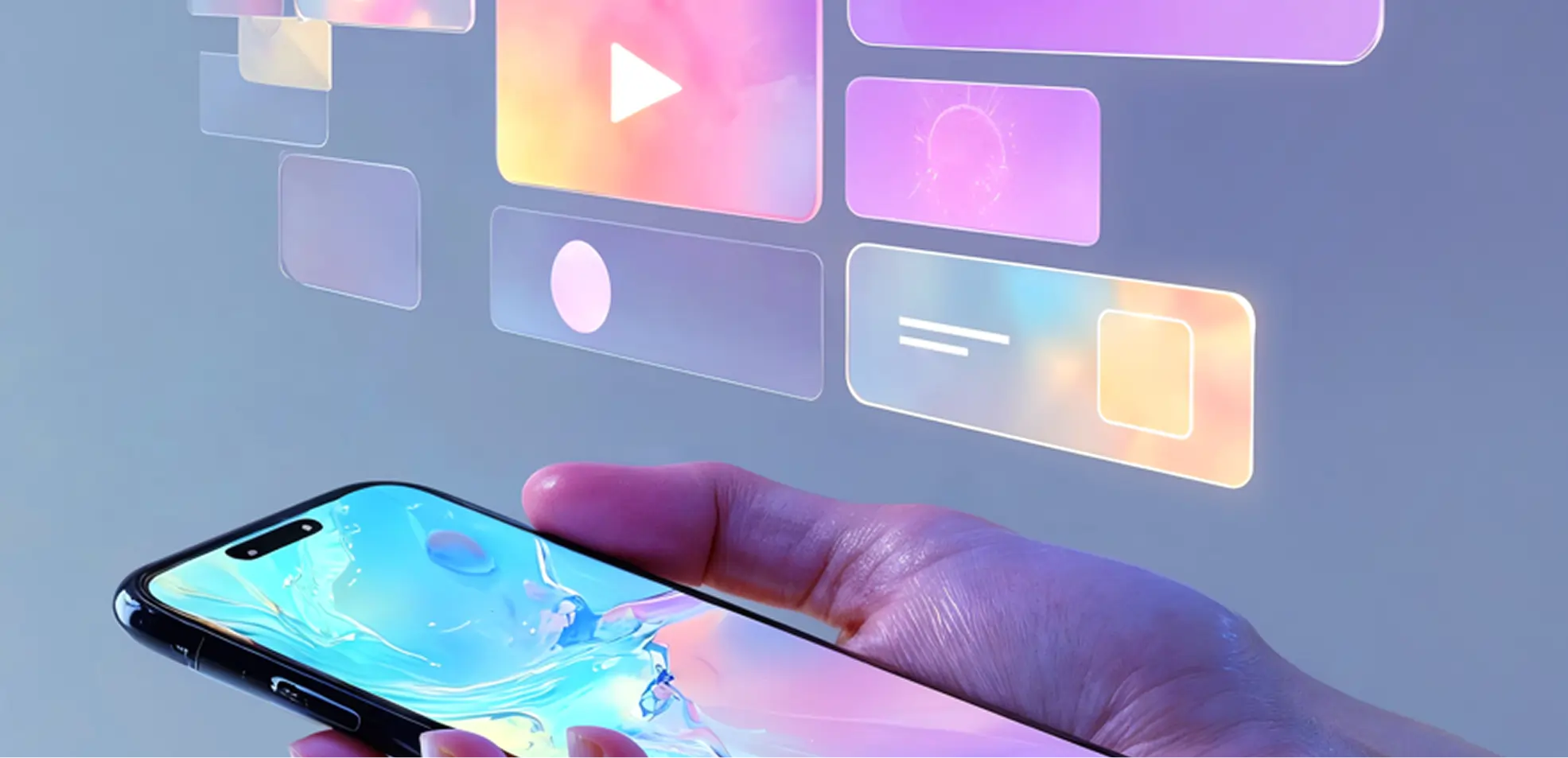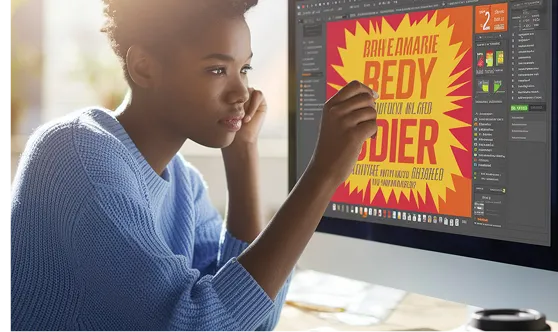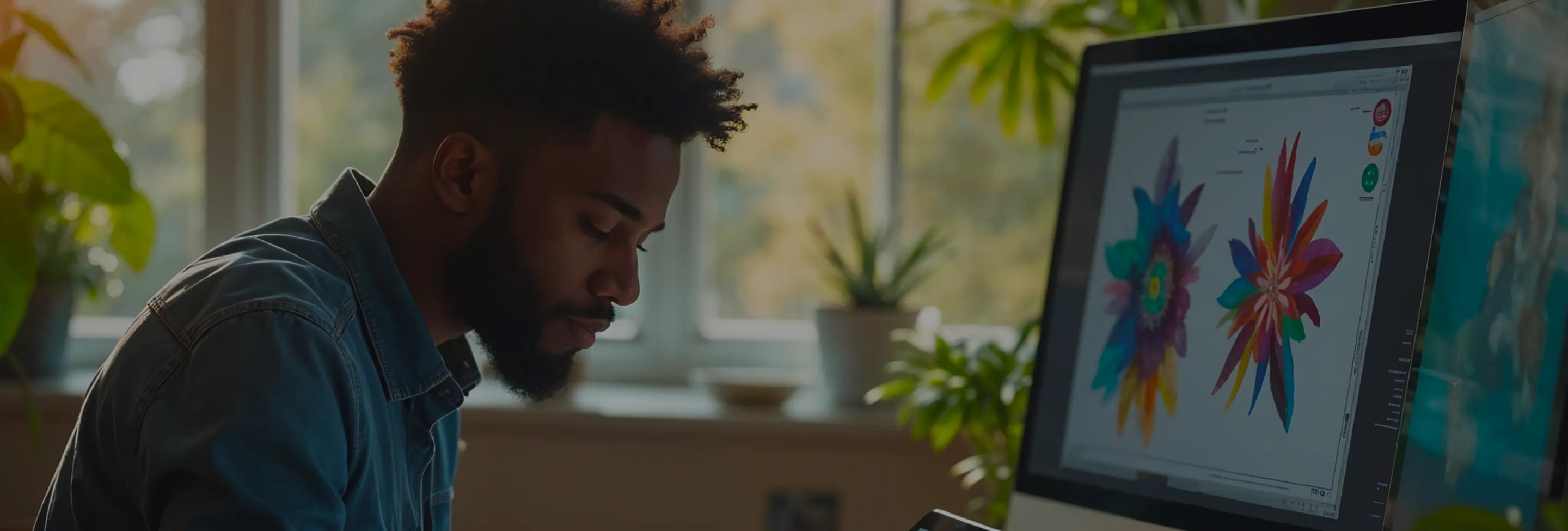
Through analyzing over 3,000 startup branding projects, we identified the top 20 logo design questions that critically influence a company's visual identity and market perception. Whether you're launching a new venture or rebranding an existing one, understanding these key aspects can set your startup apart in a crowded marketplace.
A professional logo serves as the cornerstone of your brand identity. It visually represents your company's values, mission, and personality, making a memorable first impression on potential customers. A well-designed logo fosters trust, enhances brand recognition, and differentiates your startup from competitors, which is crucial in establishing a strong market presence.
Example: Companies like Airbnb and Uber have distinctive logos that are instantly recognizable, reinforcing their brand identity and trustworthiness.
A logo acts as a visual shorthand for your brand, enabling customers to quickly identify and recall your business. Consistent use of your logo across various platforms—such as your website, social media, and marketing materials—builds familiarity and loyalty. High brand recognition can lead to increased customer trust and preference over competitors.
Common Misconception: Some believe that logos are only for large companies. In reality, startups benefit significantly from a strong logo to establish their presence from the outset.
Investing in a quality logo can yield long-term benefits, including sustained brand loyalty, enhanced market positioning, and greater customer engagement. A timeless logo reduces the need for frequent redesigns, saving costs and maintaining consistency as your startup grows and evolves.
Actionable Tip: Choose a logo design that is scalable and versatile to accommodate future brand expansions and market changes.
An effective startup logo typically includes the following elements:
Example: The Nike swoosh is simple, memorable, and versatile, making it effective across diverse applications.
Color selection is crucial as colors evoke emotions and convey brand attributes. Consider the psychological impact of colors:
Actionable Tip: Research color psychology and select a palette that aligns with your brand's personality and target audience preferences.
Choosing the right font enhances your logo's readability and aligns with your brand's tone. Consider the following:
Example: Slack uses a customized sans-serif font that conveys a modern and approachable brand.
Dropbox: Its open-box icon symbolizes storage and accessibility, aligning with its service. Trello: The simplicity of its logo reflects its straightforward project management tools. Stripe: The minimalist design conveys efficiency and modernity, suitable for a financial tech company.
Key Takeaway: Successful logos effectively communicate the core service and values of the startup through simple yet meaningful design elements.
While DIY tools are accessible and cost-effective, hiring a professional designer ensures a unique, high-quality logo tailored to your brand's specific needs. Professionals bring expertise in design principles, market trends, and branding strategies that can significantly impact your logo's effectiveness.
Actionable Tip: If budget allows, invest in a professional designer or agency to create a bespoke logo that stands out and truly represents your brand.
When selecting a logo designer, consider the following:
Example: A designer with a portfolio featuring successful tech startups may be better suited for a SaaS business.
The cost of a professional logo can vary widely based on the designer's expertise, project complexity, and market rates. On average:
Actionable Tip: Define your budget and prioritize quality and value over the lowest cost to ensure a lasting and effective logo design.
Current trends include:
Example: Slack's recent logo update features a simplified and more adaptable design, aligning with modern minimalistic trends.
To create a timeless logo:
Key Takeaway: A timeless logo maintains its relevance by adhering to fundamental design principles rather than fleeting trends.
Common pitfalls include:
Actionable Tip: Focus on simplicity, relevance, and versatility to avoid these common design mistakes.
Your logo should align with your brand's mission, values, and target audience. Use it consistently across all touchpoints, including your website, social media, packaging, and marketing materials. Ensure that the logo complements other branding elements like color schemes, typography, and messaging to create a cohesive brand identity.
Example: Apple's logo complements its minimalist and innovative brand strategy, appearing consistently across all products and marketing channels.
Common mistakes include:
Actionable Tip: Develop comprehensive brand guidelines outlining proper logo usage to maintain consistency and integrity across all platforms.
To safeguard your logo:
Key Takeaway: Legal protection and clear usage guidelines are essential to prevent misuse and maintain your logo's integrity.
Ensure you have your logo in multiple formats for various uses:
Actionable Tip: Request all necessary file formats from your designer to ensure flexibility across different mediums and platforms.
Design your logo using vector graphics to maintain quality at any size. Test the logo at different scales, from large banners to small icons, to ensure all elements remain clear and distinguishable. Simplify intricate details that may become muddled when scaled down.
Example: The Twitter logo maintains its clarity and recognizability whether displayed as a large header or a small app icon.
Digital usage requires logos to be optimized for screens, considering factors like resolution and color formats (RGB). Print usage demands high-resolution files (300 DPI) and color formats suitable for printing (CMYK). Additionally, ensure that your logo maintains consistency across both mediums by adhering to your brand guidelines.
Actionable Tip: Provide separate files and guidelines tailored for digital and print applications to preserve logo quality and consistency.
Negative feedback can be an opportunity for improvement. Analyze the criticisms to identify common themes or specific issues. Consider whether adjustments can enhance the logo without compromising its core identity. Engage with your audience to understand their perspectives and test revised versions before finalizing changes.
Actionable Tip: Implement a feedback loop with stakeholders and your target audience during the design process to minimize negative reactions post-launch.
Ensure you have responsive logo designs that adapt to various screen sizes and resolutions. Test your logo across multiple devices and platforms to identify and fix display issues. Utilize vector formats and scalable designs to maintain quality regardless of the device.
Troubleshooting Tip: Use media queries in your web design to serve appropriately sized logo versions for different devices.
When updating your logo, retain key elements that are already recognized by your audience to preserve brand continuity. Gradually introduce the new logo alongside the old one to help your audience adjust. Communicate the reasons for the change to reinforce the brand evolution.
Actionable Tip: Implement a phased rollout strategy, gradually replacing the old logo with the new one across all platforms to ease the transition.
Yes, your logo is a central element for merchandise and promotional materials. Ensure that you have high-resolution and vector formats to maintain quality on various products. Follow your brand guidelines to use the logo consistently and appropriately across all promotional items.
Example: Tech startups often use their logos on merchandise like t-shirts, mugs, and stickers to enhance brand visibility and loyalty.
A well-designed logo is pivotal for a startup's branding and market presence. By addressing these critical questions, you can create a logo that not only represents your brand effectively but also stands the test of time. Whether opting for professional design services or leveraging DIY tools, focus on simplicity, relevance, and versatility to build a strong and memorable brand identity.
While diagrams cannot be displayed here, consider including a flowchart illustrating the logo design process or a comparison table of logo design tools versus professional services in your published article.
By exploring these additional topics, you can further enhance your startup's branding efforts and ensure a cohesive and impactful market presence.




Subscribe to our newsletter to receive $100 off your first month of Tapflare's flat rate unlimited design and development service. Your coupon code will be sent to your email.